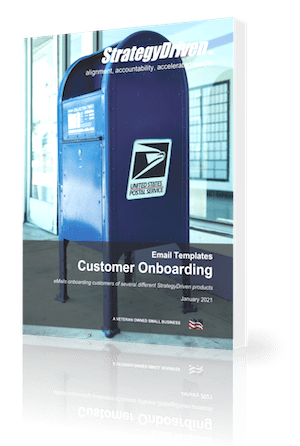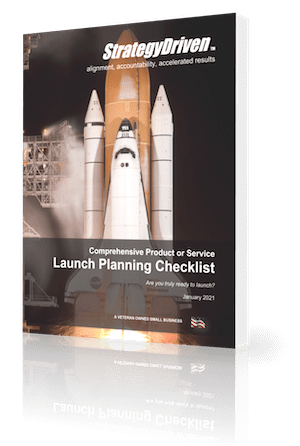Introduction to Business Proposals

Startups and entrepreneurs have found many ways to the stars and business success. But, the huge majority of them rely on the humble business plan to sell their idea and attract investment and interest. Once the company is up and running, the business proposal is used to win contracts, work or gain sales with clients or partners.
Talking the Right Proposal Language
There are several types of proposals including solicited (formally and informally) and unsolicited when reaching out to a company you wish to work with. This guide shows you how to write a perfect proposal. But before writing one, you need to understand that the key to success is to align your offer with their needs and play by their rules.
That’s easy enough when you are replying to a request for proposals (RFP), which is how much of the tech, business, government, and military world works. An RFP should have plenty of detail to base your proposal on. If you are responding to an RPF, ensure your proposal meets their style and responds to the key parts of their schedule.
Copy and pasting an old proposal, even a successful one, into their template is both lazy and likely lead to inaccuracies. Ensure dates and figures are accurate, in the right format and currency, and that you answer their questions first. Then dive into how you will solve their problem or meet their needs. If you don’t understand a question or detail, don’t be afraid to ask.
For informal or on-spec unsolicited proposals, you will need to do some digging to find out how your businesses can best work together, or how your products meet the need of the target. Look for previously published examples of RFPs or projects they have worked on, research any white papers or project blogs they have published, demonstrating in your proposal that you understand their needs and how your business can add value.
Even an unsolicited proposal should broadly follow the style of a typical response to an RFP, and maintain a total level of professionalism and detail.
Produce a Perfect Proposal
Any proposal needs to be based on realism. Even if there is plenty of competition, don’t go promising the moon with unrealistic deadlines or ludicrously low costs. That will only damage your own business, likely kill any possible relationship while giving your company a negative reputation.
When writing your proposal, start with key highlights from costs, dates, quality assurance providers and deliverables. Then, add in the detail of how your solution or work will benefit them, and, without diving into marketing spiel, how it can impress over the competition.
Finally, where possible, check who will be reading the proposal. If they have a social media presence or have written articles, keynoted events, or just talked at local business forums, read about them and get into their mindset and attune the proposal to that audience. They might be straight-talkers, like a bit of history or talk endlessly about figures.
Within the document, avoid dense text. Answer each question or explain your proposal in distinct segments. Reinforce them in the cover letter and any other parts of the proposal, saving anything that sounds like marketing (“our business is passionate about…” for the executive summary.
Finally, check the proposal a few times, get other people to read it, especially if you are a small company, and take on-board any advice. If you are working on your first few proposals, ask local business support groups to check them out, or see if they can recommend a friendly professional.
Finally, ensure it is sent digitally and by post (most RFPs expect this), and don’t bounce up and down expecting an instant response. The target company may get many proposals and take some time to weigh them up.













Leave a Reply
Want to join the discussion?Feel free to contribute!